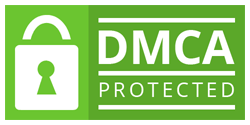


Disclaimer: We are not associated with or endorsed by IEEE in any capacity. The IEEE projects referenced on this platform are related to user work inspired by ideas from publications and do not represent official IEEE projects or initiatives.
Copyright @ All Rights Reserved.